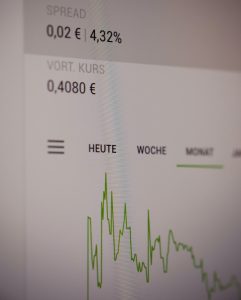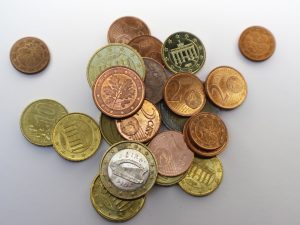The foreign exchange market, also known as forex or FX, is the largest financial market in the world. It involves trading various currencies against each other, with the goal of profiting from changes in exchange rates. In forex trading, currencies are always traded in pairs, with one currency being bought while the other is sold. There are many different currency pairs available for trading, but they can be broadly classified into major and minor pairs.
Major Currency Pairs
The major currency pairs are the most commonly traded pairs in the forex market, and they account for the majority of trading volume. These pairs include the US dollar (USD) and another major currency, such as the euro (EUR), Japanese yen (JPY), British pound (GBP), Swiss franc (CHF), Canadian dollar (CAD), or Australian dollar (AUD). The major currency pairs are:
– EUR/USD (Euro/US dollar)
– USD/JPY (US dollar/Japanese yen)
– GBP/USD (British pound/US dollar)
– USD/CHF (US dollar/Swiss franc)
– USD/CAD (US dollar/Canadian dollar)
– AUD/USD (Australian dollar/US dollar)
– NZD/USD (New Zealand dollar/US dollar)
These currency pairs are considered major because they are the most widely traded and have the highest liquidity. This means that they are easy to buy and sell, and their exchange rates are relatively stable. They are also heavily influenced by global economic and political events, such as interest rate decisions, GDP reports, and geopolitical tensions.
Minor Currency Pairs
The minor currency pairs, also known as cross-currency pairs, are less commonly traded than the major pairs. They involve two currencies that are not the US dollar, such as the euro and the Japanese yen (EUR/JPY) or the British pound and the Swiss franc (GBP/CHF). The minor currency pairs are:
– EUR/JPY (Euro/Japanese yen)
– GBP/JPY (British pound/Japanese yen)
– EUR/GBP (Euro/British pound)
– EUR/CHF (Euro/Swiss franc)
– AUD/JPY (Australian dollar/Japanese yen)
– NZD/JPY (New Zealand dollar/Japanese yen)
– CAD/JPY (Canadian dollar/Japanese yen)
– EUR/AUD (Euro/Australian dollar)
– EUR/CAD (Euro/Canadian dollar)
– GBP/AUD (British pound/Australian dollar)
– GBP/CAD (British pound/Canadian dollar)
– AUD/NZD (Australian dollar/New Zealand dollar)
The minor currency pairs are considered less liquid than the major pairs, which means there may be wider bid-ask spreads and greater volatility. They are also affected by local economic and political events, such as changes in interest rates or trade agreements. However, some traders prefer to trade these pairs because they may offer greater opportunities for profit due to their higher volatility.
Exotic Currency Pairs
Exotic currency pairs are even less commonly traded than minor pairs, and they involve a major currency paired with a currency from a developing or emerging economy. These pairs are not widely available on most trading platforms, and they can be highly volatile and difficult to predict. Examples of exotic currency pairs include:
– USD/ZAR (US dollar/South African rand)
– USD/MXN (US dollar/Mexican peso)
– USD/HKD (US dollar/Hong Kong dollar)
– USD/SGD (US dollar/Singapore dollar)
– USD/TRY (US dollar/Turkish lira)
Exotic currency pairs are generally not recommended for beginners, as they carry a high level of risk and require more specialized knowledge and analysis.
In conclusion, understanding the different types of forex pairs is important for any trader looking to enter the market. Major currency pairs offer greater liquidity and stability, while minor and exotic pairs may offer greater profit potential but come with greater volatility and risk. It is important to carefully consider your trading strategy and risk tolerance when selecting which currency pairs to trade.





